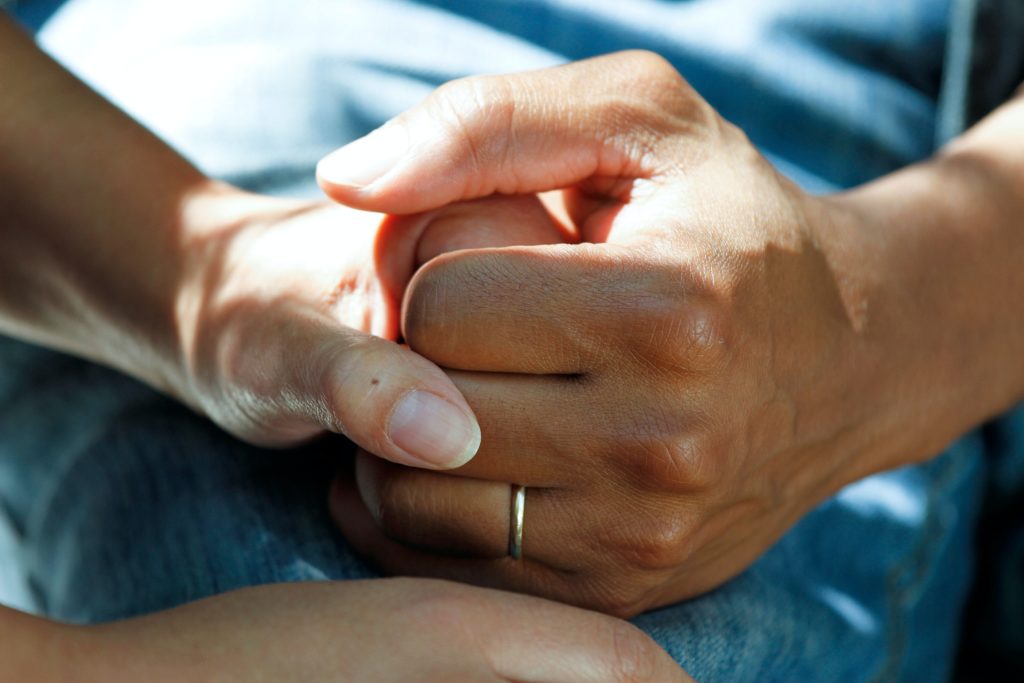“Spouses are central in supporting and coercing one another to obtain healthcare and these dynamics are shaped by gender and couple type”
(Reczek 566)
One of the most striking things about the culture of healthcare and medicine is the overmedicalization of women’s bodies compared to the passive medicalization of men’s bodies. In numerous instances, primarily related to reproductive health, women’s bodies have been a hub of the overextension of medicine. In these cases, medicine can interfere with natural processes of the female body when it’s not necessary and not wanted by the women themselves. On the other hand, this overmedicalization is not seen with men’s bodies. Rather, when a problem arises, men and society have pushed medicine, through passive medicalization, to come up with solutions. When reflecting on this and other course material, I was really curious about the connection that overmedicalization and passive medicalization have with caring for others and the role women play as healthcare advocates in heterosexual relationships. In addition to other factors, it seems that because women’s bodies and health are so medicalized, they are more hyper-aware of medical needs compared to their partners.
Medicalization of Women’s Bodies
The overmedicalization of women’s bodies can be seen most prominently in reproductive health. As we discussed in class, the overmedicalization of childbirth is a prime example of how medicine has interfered with a natural process in a way that is not exactly necessary. Many maternity care experts have acknowledged that medical interventions are not entirely necessary for childbirth and can actually increase risk (CHCF). Not only do these medical interventions, like not being able to walk around and being forced to lay in a supine position make childbirth harder, it can also make it less safe (CHCF). On top of this, medical resources end up being wasted during childbirth on things that are not needed (CHCF). Because medicine has interfered so much with women’s bodies and natural female processes, women have likely become more aware of every part of the health and body. Therefore, I think they may be more inclined to seek medical intervention when necessary because they have been conditioned to believe that everything is a medical process in some way.

Medicalization of Men’s Bodies
Contrastingly, men’s bodies have not been medicalized in the same way. Because men’s bodies have not been medicalized in the same way as women’s, there is more confusion amongst men and the medical field whether some of the issues that afflict them are truly biological problems. For instance, the creation of Viagra as a treatment for erectile dysfunction came out of what is called passive medicalization, where people pushed for this drug and dysfunction to be considered something in the realm of biomedicine. Men and their partners sought medical intervention in the case of ED because it is a social problem and physicians may have been uninvolved or minimally involved in the past (Carpiano 443). Because of our social and cultural views regarding normal sexual function, a need for Viagra was created and pushed for. Therefore, factors outside of the medical field are responsible for the creation and push for Viagra rather than the medical field intervening in what is likely a largely normal process of aging (Carpiano 447). Evidently, men sought out medical intervention in ED because of cultural norms, thereby demonstrating that men have not been as conditioned like women to automatically view everything as medical problem. Instead, medical intervention was sought because of societal pressures and personal insecurity.

Potential Effects on Care Relationships
The difference in the way that medical intervention is sought between men and women due to the different medicalization of their bodies I believe manifests itself in the care relationships we see in heterosexual couples. Even though a large number of factors play into women taking on the role of healthcare advocate for both themselves and their male partners, it seems that the overmedicalization of their bodies may be a leading reason why women tend to take on that role. Various studies have shown that “women in both heterosexual and lesbian relationships do more care work for a sick spouse than men in gay or heterosexual relationships” (Reczek 557). While men still occasionally perform care work, it is not in the same manner as women and is often more instrumental, as Reczek describes (Reczek 564). This lends itself to women often coercing their male partners into seeking medical help for issues. This repeats the similar cycle of ED, where it does not seem like it is the men themselves believing that they have a medical issue but society and their partners telling them that there is something that biological intervention can fix. As Reczek notes, even if men recognize that they are sick, they often don’t take the next step in obtaining medical care. If female partners did not coerce or make their male partners insecure about certain aspects of their health in an effort to get them to see the doctor, then men might not seek medical intervention at all.

Conclusion
When reflecting on these readings and the culture of healthcare and medicine, t appears that the overmedicalization of women’s bodies has led to their increased care work in some way. There should be more of a split between both men and women caring for their bodies, regardless of societal or medical pressures. While I think it may be too late to completely change the role that women play in being healthcare advocates for both themselves and their male partners, if less focus was put on women’s natural body processes and more focus was put on men being their own healthcare advocates, then perhaps we would see a change in the dynamics of these relationships. However, I do not want to encourage medicine to stay away from women’s bodies completely as much about women’s health has been learned in the last century. Yet, I think that the emphasis can be lessened and there can be an effort to understand women’s bodies without necessarily medicalizing every part of it.
Works Cited
Carpiano, Richard M. “Passive medicalization: The case of viagra and erectile dysfunction.” Sociological spectrum 21.3 (2001): 441-450.
“Infographic: The Overmedicalization of Childbirth.” California Health Care Foundation, 21 Aug. 2019, https://www.chcf.org/publication/infographic-overmedicalization-childbirth/#related-links-and-downloads.
Reczek, Corinne, et al. “Healthcare work in marriage: how gay, lesbian, and heterosexual spouses encourage and coerce medical care.” Journal of Health and Social Behavior 59.4 (2018): 554-568.


